Related Research Articles

"Cinderella", or "The Little Glass Slipper", is a folk tale with thousands of variants that are told throughout the world. The protagonist is a young girl living in forsaken circumstances that are suddenly changed to remarkable fortune, with her ascension to the throne via marriage. The story of Rhodopis, recounted by the Greek geographer Strabo sometime between 7 BC and 23 AD, about a Greek slave girl who marries the king of Egypt, is usually considered to be the earliest known variant of the Cinderella story.

"Snow White" is a German fairy tale, first written down in the early 19th century. The Brothers Grimm published it in 1812 in the first edition of their collection Grimms' Fairy Tales, numbered as Tale 53. The original German title was Sneewittchen; the modern spelling is Schneewittchen. The Grimms completed their final revision of the story in 1854, which can be found in the 1857 version of Grimms' Fairy Tales.
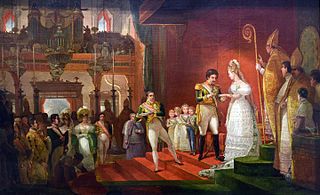
A stepmother, stepmum or stepmom is a non-biological female parent married to one's preexisting parent. Children from her spouse's previous unions are known as her stepchildren. A stepmother-in-law is a stepmother of one's spouse.
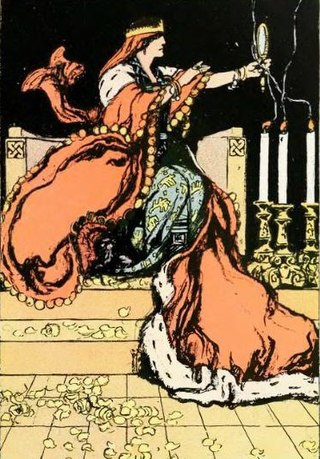
The Evil Queen, also called the Wicked Queen or just the Queen, is a fictional character and the main antagonist of "Snow White", a German fairy tale recorded by the Brothers Grimm; similar stories exist worldwide. Other versions of the Queen appear in subsequent adaptations and continuations of the fairy tale, including novels and films. One particularly notable version is Disney's depiction, sometimes known as Queen Grimhilde. The character has also become an archetype that inspired unrelated works.

"The Juniper Tree" is a German fairy tale published in Low German by the Brothers Grimm in Grimm's Fairy Tales in 1812. The story contains themes of child abuse, murder, cannibalism and biblical symbolism and is one of the Brothers Grimm's darker and more mature fairy tales.
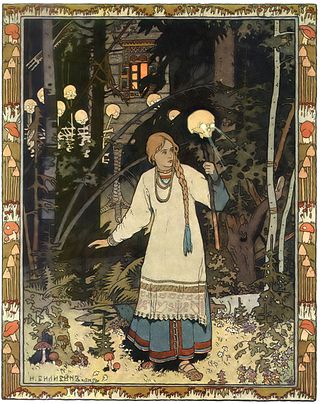
Vasilisa the Beautiful or Vasilisa the Fair is a Russian fairy tale collected by Alexander Afanasyev in Narodnye russkie skazki.
Fair, Brown and Trembling is an Irish fairy tale collected by Jeremiah Curtin in Myths and Folk-lore of Ireland and Joseph Jacobs in his Celtic Fairy Tales.

The Boys with the Golden Stars is a Romanian fairy tale collected in Rumänische Märchen. Andrew Lang included it in The Violet Fairy Book. An alternate title to the tale is The Twins with the Golden Star.
The Green Knight is a Danish fairy tale, collected by Svend Grundtvig (1824-1883) in Danish Fairy Tales (18??) and by Evald Tang Kristensen (1843-1929) in Eventyr fra Jylland (1881). Andrew Lang included a translation of Kristensen's version in The Olive Fairy Book (1907).
The Sharp Grey Sheep or The Sharp-Horned Grey Sheep is a Scottish fairy tale collected by John Francis Campbell in Popular Tales of the West Highlands, listing his informant as John Dewar, labourer, from Glendaruail, Cowal.
The Story of Tấm and Cám commonly known as Tấm Cám is an ancient Vietnamese fairy tale. The first part of the tale's plot is very similar to the European folk tale Cinderella.
"Ye Xian" is a Chinese fairy tale that is similar to the European Cinderella story, the Malay-Indonesian Bawang Putih Bawang Merah tale, the Vietnamese Tấm Cám story, and stories from other ethnic groups including the Tibetans and the Zhuang. It is one of the oldest known variants of Cinderella, first published in the Tang dynasty compilation Miscellaneous Morsels from Youyang written around 850 by Duan Chengshi. Chinese compilations attest several versions from oral sources.
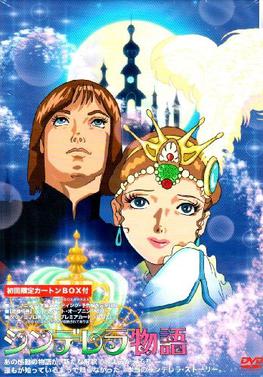
Cinderella is an Italian-Japanese 1996 anime television series based on the fairytale of the same name by Charles Perrault and The Brothers Grimm. It was produced by Tatsunoko Productions and Mondo TV. The series originally aired from April 4 to October 3, 1996, comprising 26 episodes.

Hey, Cinderella! is a 1969 television special adaptation of the fairy tale Cinderella, produced by Muppets, Inc. in the United States and Robert Lawrence Productions in Canada, and featuring The Muppets created by Jim Henson, who also directed the special. It was written by Jon Stone and Tom Whedon, and scored by the music composer of Sesame Street, Joe Raposo. It featured Kermit in his first appearance as a frog, as well as Goshposh and Rufus and Splurge.
Kongjwi and Patjwi is a traditional Korean romance story from the Joseon Dynasty. It is the story of humble Kongji's triumph over adversity. The moral of the story is that virtuous people who think positively and work diligently will be happy, encapsulating the Western proverb "heaven helps those who help themselves."
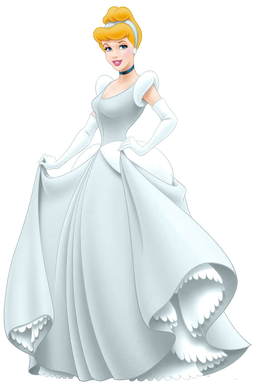
Cinderella is a fictional character who appears in Walt Disney Productions' animated film Cinderella (1950). In the original film, Cinderella is voiced by American singer and actress Ilene Woods. For the sequels and subsequent film and television appearances, Woods was replaced by American actresses Jennifer Hale and Tami Tappan, who provide the character's speaking and singing voices.
"Grimm Job" is the tenth episode of the twelfth season of the animated comedy series Family Guy and the 220th episode overall. It originally aired on Fox in the United States and Canada on January 12, 2014, and was directed by Joe Vaux and written by Alec Sulkin.
Champavati is an Assamese folk tale. It was first collected in the compilation of Assamese folklore titled Burhi Aair Sadhu, by poet Lakshminath Bezbaroa. According to scholar Praphulladatta Goswami, the tale is "current in North Lakhimpur".
The King of the Snakes is a Chinese folktale published by John Macgowan in 1910. In it, a father gives his youngest daughter to a snake spirit, who turns out to be a human. Out of jealousy, the girl's sister conspires to take her place and kills her. The heroine, then, goes through a cycle of transformations, regains human form and takes revenge on her sister.
Maria is the title given to a Filipino version of Cinderella collected by Fletcher Gardner and published in The Journal of American Folklore, in 1906. The story is related both to the international Cinderella narrative, as well as to the motif of the calumniated wife.
References
- ↑ Angela Carter, The Old Wives' Fairy Tale Book, p 200, Pantheon Books, New York, 1990 ISBN 0-679-74037-6
- ↑ Heidi Anne Heiner, "Tales Similar to Cinderella Archived 2010-03-08 at the Wayback Machine "
- ↑ Wolfram Eberhard, p 235 Folktales of China. Desmond Parsons, translator. Folktales of the World. Chicago: University of Chicago Press, 1965.
- ↑ "Дунганские народные сказки и предания" [Dungan Folktales and Legends]. Составители [Compilers]: Махмуд Хасанов, Ильяс Юсупов. Moskva: Главная редакция восточной литературы издательства «Наука», 1977. pp. 444-446.
- ↑ Ding Naitong [in Chinese] (1974). The Cinderella cycle in China and Indo-China. Helsinki: Suomalainen Tiedeakatemia. p. 33. ISBN 951-41-0121-9.
- ↑ Aung Maung Htin. Burmese Folk-Tales. Oxford University Press. 1948. pp. 112-124.